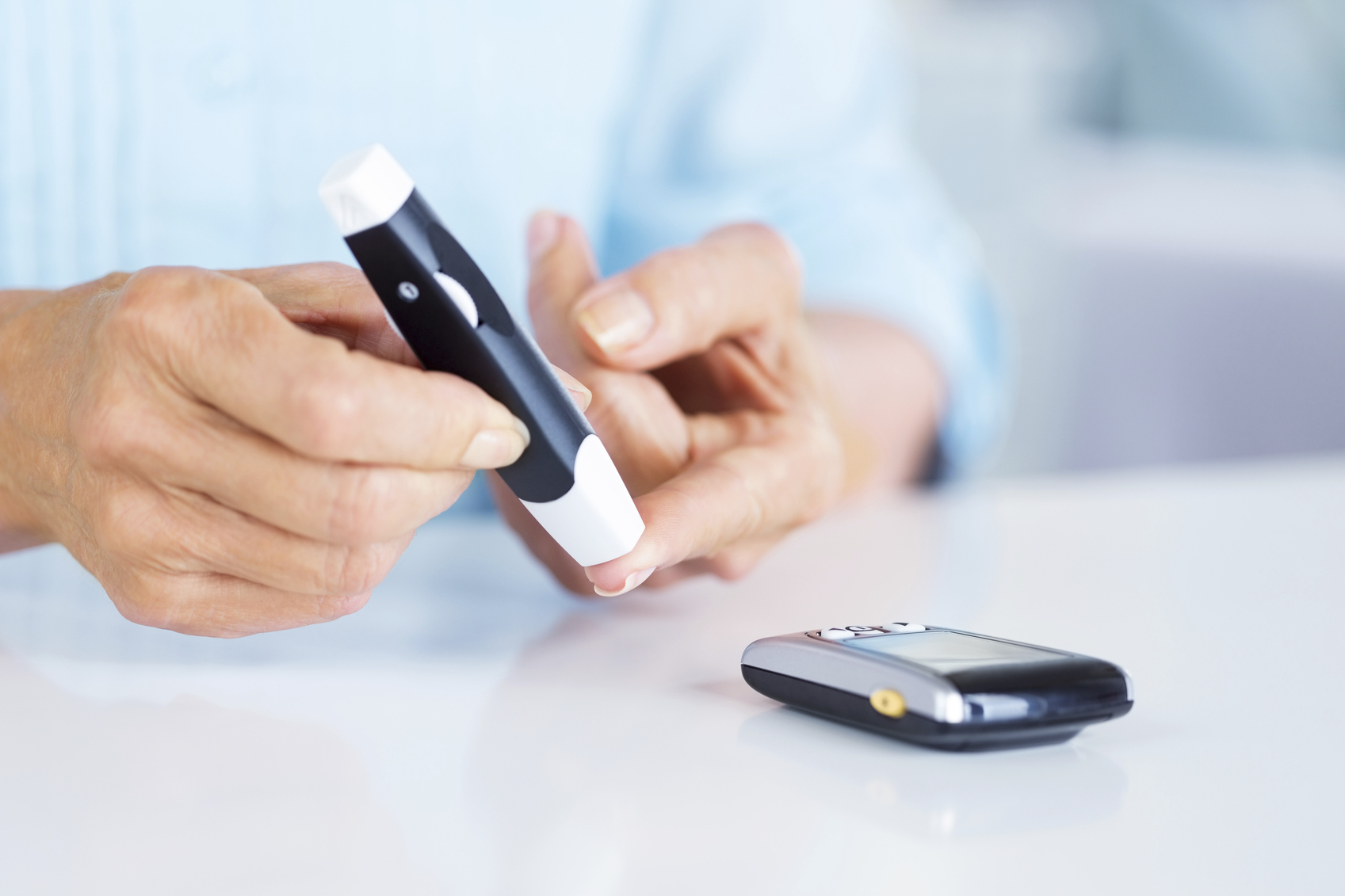Month: July 2016
-

Research suggests that diabetes could be due to failure of beta cell ‘hubs’
Original article published by University of Birmingham on July 21, 2016. Click here to read the original article. The significant role of beta cell ‘hubs’ in the pancreas has been demonstrated […]
-

Fruity, Diabetic-Friendly Double Berry Pie Squares
There’s something special about eating a cool, sweet treat in the summer. For those with type 1 diabetes, though, typical “summery” desserts such as ice cream can signal trouble, as […]
-

New Approach for Regenerative Therapy
Original article published by HelmholtzZentrum munchen on June 12, 2016. Click here to read the original article. Neuherberg, June 12, 2016. The marker Flattop subdivides the insulin-producing beta cells of the […]
-

Differences Between Type 1 and Type 2 Diabetes
Understanding the Two Major Types of Diabetes: Type 1 vs Type 2 We often hear about diabetes, but do we understand this complex health condition? How do we tell the […]
